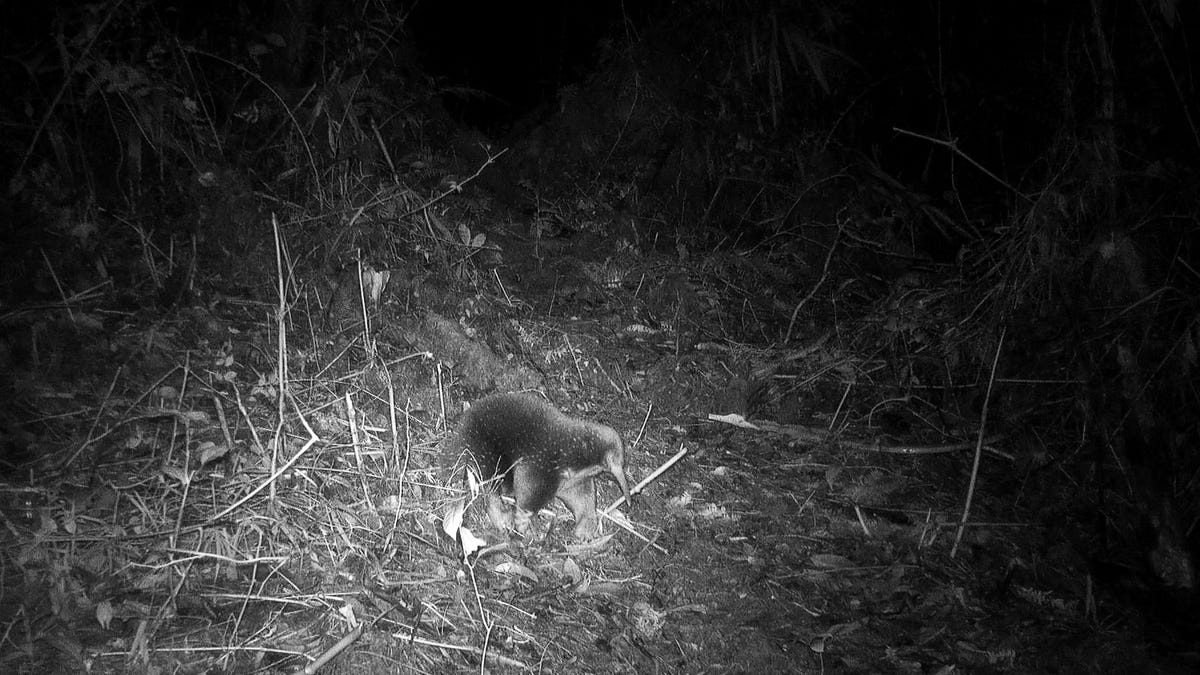Oxford scientists have captured the first photographic evidence of the elusive Attenborough’s long-beaked echidna, a strange mammal that was last seen in 1961. Oxford University recently shared the team’s discovery of this ancient species in a news release on its website. Elusive and feared extinct, signs of the Attenborough’s long-beaked echidna were spotted in the Indonesian mountains where the creature was known to roam. Now, they have the first photographs of this secretive nocturnal echidna that was — until this finding — feared to have gone extinct.
An Oxford University team recently made a significant breakthrough in the discovery of an elusive, egg-laying mammal, scientifically known as “Zaglossus attenboroughi,” which was named after renowned naturalist, David Attenborough. A multinational team spent nearly a month setting up trail cameras in Indonesia’s treacherous Cyclops Mountains, eventually capturing irrefutable evidence that the species had not gone extinct. This was a historic confirmation of the survival of Attenborough’s long-beaked echidna.
In addition to the echidna discovery, several new species including a tree-dwelling shrimp and two frog species were found during the expedition. Helmed by James Kempton, a biologist from Oxford University, the team spent years building a relationship with the Yongsu Sapari community in Indonesia’s Papua province. After enduring the challenges of the remote and hazardous terrain, they managed to deploy more than 80 trail cameras, which ultimately captured three photographs of the enigmatic Attenborough’s long-beaked echidna.
Leonidas-Romanos Davranoglou, lead entomologist for the expedition, described the discovery of the shrimp as “a remarkable departure from the typical seaside habitat for these animals.” The remote terrain of the Cyclops Mountains unveiled several discoveries in addition to the evidence of the echidna but the expedition took a perilous toll on the team. A team member broke his arm, another person contracted malaria, and a third had a leech attached to his eye for a day-and-a-half.
Despite the hardships, the intrepid team’s findings were ultimately successful, offering a glimmer of hope for similar discoveries in the future.


